Spending

The Egyptian government targets to allocate 1.8 percent of GDP for spendings on research and development (for the Ministry of Higher Education) in 2030, compared to about 1.2 percent in the current fiscal year 2024/2025.
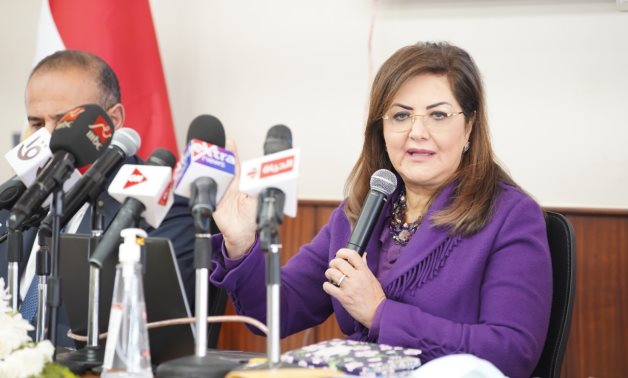
The minister's remarks were made during her meeting with a delegation of the Qatar Businessmen Association (QBA), chaired by Sheikh Faisal bin Qassim Al Thani in the presence of Head of the Federation of Egyptian Industries (FEI) Mohamed El Sweidi.
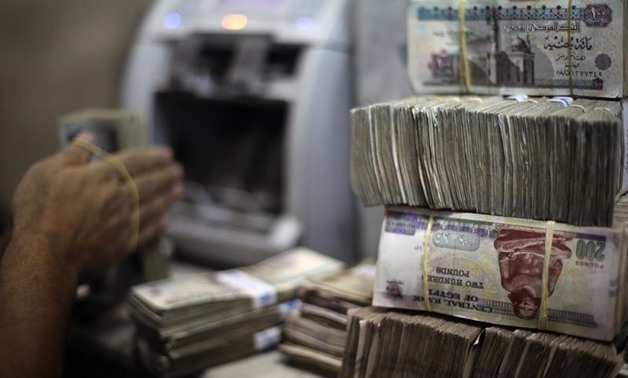
She explained that the national project (Haya Karima), which targets more than $50 billion over 3 years, is the largest development project in the world.
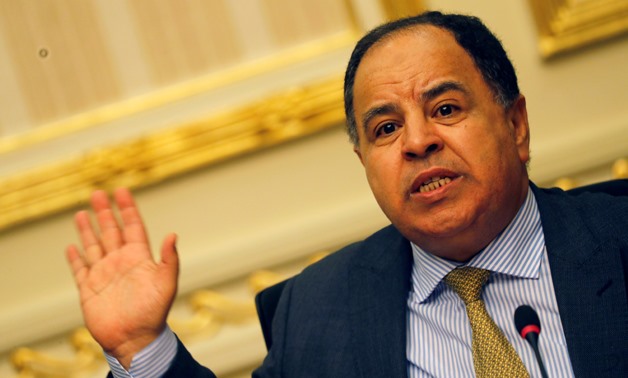
Maait pointed out that the government aims to reduce the debt-to-GDP ratio to less than 90 percent in June, and to less than 85 percent over the next three years, the finance ministry said in a press release.
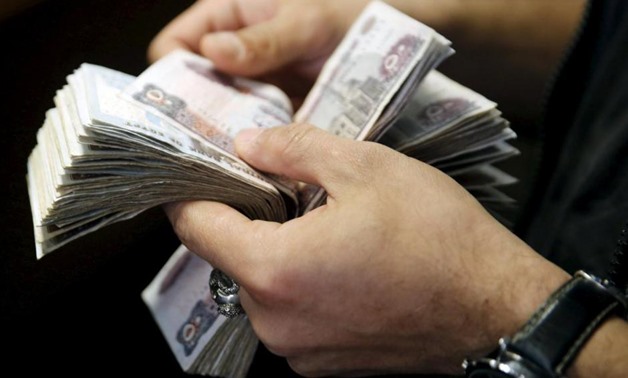
The Media Center of the cabinet contacted the Ministry of Finance, which denied the news, stressing that it’s not true that the government declined it’s pending on the health and education sectors.

Speaking during the 2021 World Bank Group/IMF Spring Meetings held via video conference, Maait said Egypt is going ahead with the anti-coronavirus measures via meeting the requirements of the health sector, as well as backing the economic sectors and the most affected social strata.

That spending on food subsidies rose to LE 87 billion, compared to LE 39.4 billion during the five-year period.

A spending tracker that works, but needs a bit of UX.
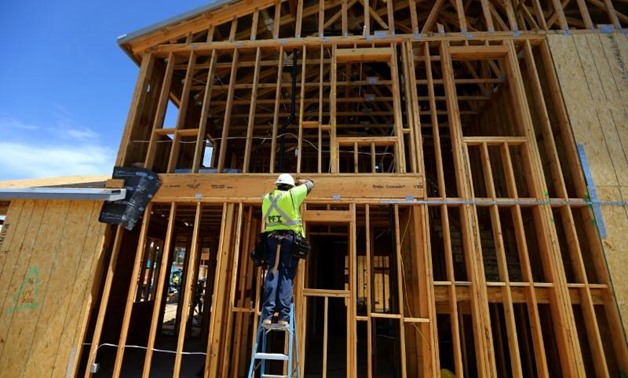
U.S. construction spending unexpectedly rose in September as a surge in public construction outlays offset the third straight monthly decline in investment.

The U.S. budget deficit widened to $666 billion for the fiscal year 2017 as record spending more than offset record receipts.
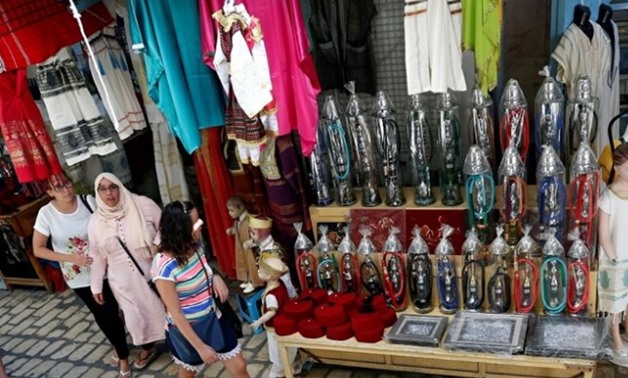
Algeria plans to increase state spending by 25 percent in 2018 despite growing financial pressure caused by a fall in energy earnings.

The deficit dropped to 46.5 billion riyals ($12.4 billion) in the April-June period from about 58.4 billion riyals a year earlier.
Most Read